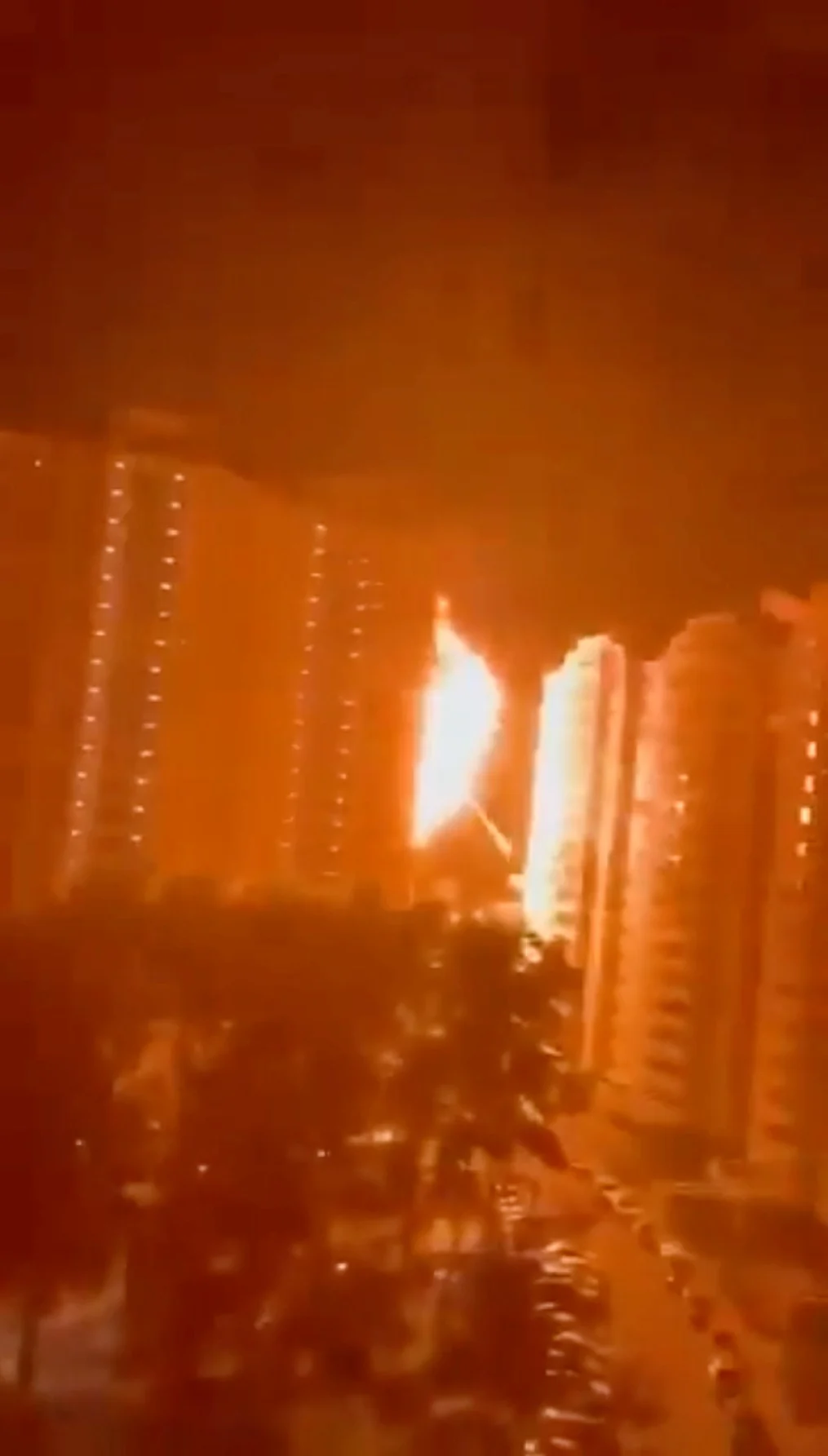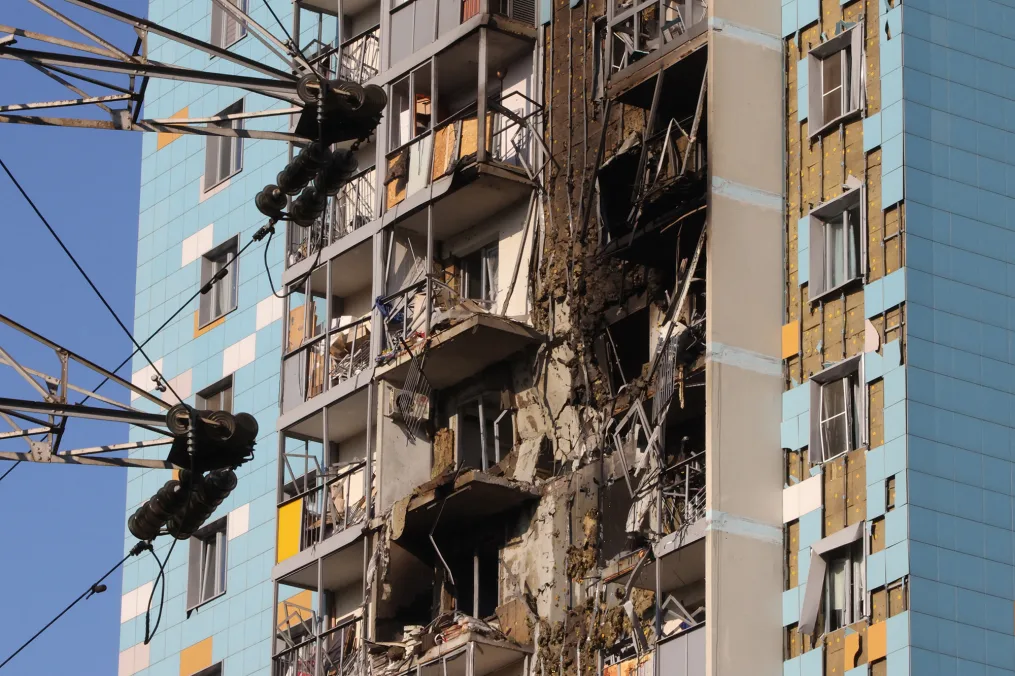Ukraine Targets Moscow with Largest Drone Assault Yet

“I drew back the curtain and saw it hit the building right before my eyes,” he said. I grabbed my family, and we ran outside.
The Ramenskoye district, located about 50 km (31 miles) southeast of the Kremlin, has a population of around 250,000, according to official data.
Russia’s defense ministry reported that over 70 drones were shot down in the Bryansk region, with many more intercepted across other regions. No damage or casualties were reported in those areas.
Drone Warfare
As Russia makes advances in eastern Ukraine, Kyiv has intensified its attacks, launching cross-border strikes in Russia’s western Kursk region starting on August 6. Ukraine has also escalated large-scale drone strikes deeper into Russian territory.
The conflict has largely evolved into an artillery and drone war along the heavily fortified 1,000 km (620-mile) front in southern and eastern Ukraine, involving hundreds of thousands of troops. Both Moscow and Kyiv are investing in new drone technologies, deploying them in innovative ways, and developing methods to counter them—from shotguns to advanced electronic jamming systems.

Both sides have turned inexpensive commercial drones into lethal weapons, increasing their production and assembly to strike targets such as tanks, refineries, airfields, and other critical infrastructure.
Russian President Vladimir Putin, who has aimed to shield Moscow from the harsh realities of the conflict, has condemned the Ukrainian drone strikes as “terrorism,” claiming they target civilian infrastructure. He has vowed to retaliate.
Moscow and other major Russian cities have remained largely untouched by the war.
Over the past two and a half years, Russia has launched thousands of missiles and drones at Ukraine, killing thousands of civilians, crippling much of the country’s energy infrastructure, and causing widespread damage to both commercial and residential areas.

Ukraine asserts its right to carry out strikes deep inside Russia, though Kyiv’s Western allies have emphasized that they wish to avoid direct conflict between Russia and the U.S.-led NATO military alliance.
There was no immediate response from Ukraine regarding Tuesday’s attacks. Both sides have denied targeting civilians.
Tuesday’s strikes followed a series of drone attacks by Ukraine in early September, primarily aimed at Russia’s energy and power infrastructure.
Authorities in the Tula region, bordering Moscow to the north, reported that drone debris landed on a fuel and energy facility. However, the facility’s operations were not impacted.
